Home>Gardening & Outdoor>Landscaping Ideas>What Eats Grass


Landscaping Ideas
What Eats Grass
Modified: March 26, 2024
Discover effective landscaping ideas and solutions for maintaining a lush, healthy lawn. Find out what eats grass and how to protect your landscaping investment.
(Many of the links in this article redirect to a specific reviewed product. Your purchase of these products through affiliate links helps to generate commission for Storables.com, at no extra cost. Learn more)
**
Introduction
**
Grass, the ubiquitous green carpet of the Earth, plays a crucial role in the world's ecosystems. It is not only a primary producer in the food chain but also a vital component of many landscapes, from prairies to lawns. However, have you ever wondered what eats grass? The answer is more diverse and fascinating than you might expect. From large herbivores to tiny microorganisms, a wide array of creatures depend on grass for sustenance. In this article, we will explore the various consumers of grass, shedding light on the intricate web of life that revolves around this humble plant. Let's delve into the captivating world of grass-eaters and discover the surprising diversity of organisms that rely on this simple yet essential vegetation.
Key Takeaways:
- Grass is a vital food source for a wide range of animals, from elephants and rabbits to wild boars and ladybugs. Its consumption supports the balance of nature and sustains diverse ecosystems.
- Insects and microorganisms also play crucial roles in the grassland ecosystem, from consuming grass to decomposing it and enriching the soil. Their interactions highlight the interconnectedness of life in natural environments.
Read more: What Eats Turtle Grass
Herbivores
**Grass forms the primary diet for a multitude of herbivorous animals across the globe. Large herbivores such as elephants, zebras, bison, and deer are known to graze on grass as a staple food source. These majestic creatures have evolved to efficiently extract nutrients from various grass species, utilizing specialized digestive systems to break down the tough cellulose that makes up the majority of grass tissue. In addition to these iconic herbivores, numerous smaller animals, including rabbits, guinea pigs, and grasshoppers, also rely on grass for sustenance.
**In domestic settings, livestock such as cattle, sheep, and goats are raised on pastures abundant with grass, showcasing the vital role of grass in supporting human livelihoods. The consumption of grass by herbivores not only sustains their own lives but also contributes to the dispersal of grass seeds, thereby perpetuating the growth of this crucial plant. Without herbivores, grasslands would be vastly different ecosystems, underscoring the profound impact of these grazers on the environment.
**The relationship between herbivores and grass is a testament to the intricate balance of nature, where the consumption of one organism becomes the sustenance for another. This harmonious coexistence is a captivating aspect of the natural world, highlighting the interconnectedness of all living beings.
Omnivores
**While herbivores primarily subsist on a diet of plants, omnivores are a diverse group of animals that consume both plant matter and other organisms, including grass. For instance, wild boars, omnivorous birds such as chickens, and certain species of bears incorporate grass into their varied diets. These adaptable creatures possess digestive systems equipped to process a wide range of foods, allowing them to thrive in diverse habitats.
**Omnivores play a crucial role in ecosystems by contributing to the decomposition of organic matter, which includes grass and other plant materials. Their consumption of grass can aid in the dispersal of seeds, facilitating the regeneration of grasslands. Furthermore, omnivores act as important links in the food chain, as they prey on insects and small animals that may also rely on grass for shelter and sustenance.
**The ability of omnivores to derive sustenance from both plant and animal sources underscores their adaptability and resilience. Their consumption of grass not only influences the distribution of plant species but also shapes the dynamics of predator-prey relationships within ecosystems. As such, omnivores represent a fascinating aspect of the natural world, embodying the versatility and resourcefulness that contribute to the intricacy of ecological systems.
Tip: Many animals eat grass, including cows, horses, sheep, and goats. These animals are called herbivores and rely on grass as their main source of food.
Insects
**In the world of grass consumption, insects play a significant role as both consumers and decomposers. A multitude of insect species, including grasshoppers, caterpillars, and beetles, rely on grass as a primary food source during various stages of their life cycles. These resilient and adaptable creatures have evolved diverse feeding mechanisms to exploit the nutritional value offered by grass, showcasing the remarkable intricacy of their interactions with this ubiquitous plant.
**Grasshoppers, known for their voracious appetites, can consume large quantities of grass, making them a prominent herbivorous presence in grassland ecosystems. Similarly, caterpillars of numerous butterfly and moth species feed on grass, demonstrating the vital role of grass in supporting the life cycles of these charismatic insects. Furthermore, beetles, including the iconic ladybugs, also consume grass and contribute to the complex web of interactions within grassland habitats.
**In addition to serving as direct consumers of grass, certain insects play a crucial role in the decomposition of grass and other plant matter. For example, dung beetles contribute to the breakdown of grass through the consumption of animal waste, thereby facilitating nutrient recycling and soil enrichment. This process underscores the integral role of insects in maintaining the health and vitality of grassland ecosystems.
**The intricate relationships between insects and grass exemplify the interconnectedness of life within natural environments. Insects not only rely on grass for sustenance but also contribute to the dispersal of grass seeds and the decomposition of plant material, shaping the resilience and diversity of grassland ecosystems.
Microorganisms
**While the consumption of grass by larger organisms is often more conspicuous, microorganisms play a fundamental role in the breakdown and recycling of grass and other plant materials. Bacteria, fungi, and other microscopic organisms are integral to the decomposition process, facilitating the return of nutrients to the soil and contributing to the overall health of grassland ecosystems.
**Bacteria are key players in the decomposition of grass, utilizing enzymes to break down complex organic compounds into simpler forms that can be utilized by other organisms. This process, known as mineralization, releases essential nutrients back into the soil, supporting the growth of grass and other plants. In addition to bacteria, fungi such as molds and yeasts also contribute to the decomposition of grass, further enriching the soil with organic matter.
**Moreover, certain microorganisms form symbiotic relationships with grass, enhancing the plant’s ability to absorb nutrients and withstand environmental stresses. For example, mycorrhizal fungi form associations with grass roots, extending the plant’s reach for water and nutrients while receiving carbohydrates in return. This mutually beneficial interaction exemplifies the intricate connections between microorganisms and grass, highlighting the profound impact of these tiny yet influential beings.
**The vital role of microorganisms in grassland ecosystems underscores the significance of their contributions to nutrient cycling, soil fertility, and plant health. By participating in the decomposition and symbiotic relationships with grass, microorganisms shape the resilience and productivity of grasslands, ultimately influencing the well-being of the diverse organisms that depend on this essential vegetation.
Read more: What Will Grass Carp Eat
Conclusion
**The intricate web of life that revolves around grass encompasses a remarkable diversity of consumers, ranging from large herbivores to minuscule microorganisms. This humble plant serves as a cornerstone of numerous ecosystems, supporting a myriad of organisms and contributing to the vitality of natural habitats across the globe.
**The consumption of grass by herbivores, omnivores, insects, and microorganisms underscores the interconnectedness of life within grassland ecosystems. From the majestic grazers that roam the savannas to the industrious insects that thrive in meadows, the reliance on grass as a vital food source shapes the dynamics of ecological communities and sustains the intricate balance of nature.
**Furthermore, the consumption of grass by various organisms contributes to the dispersal of grass seeds, the regeneration of grasslands, and the enrichment of soil fertility through the decomposition process. These multifaceted interactions highlight the profound impact of grass on the resilience and productivity of ecosystems, emphasizing its significance in sustaining the diversity of life on Earth.
**In conclusion, the question of what eats grass unveils a captivating tapestry of relationships and dependencies that underscore the essential role of this unassuming plant in supporting life. By delving into the diverse array of grass consumers, we gain a deeper appreciation for the intricate connections that shape the natural world, reaffirming the profound significance of grass in sustaining the intricate web of life.
Frequently Asked Questions about What Eats Grass
Was this page helpful?
At Storables.com, we guarantee accurate and reliable information. Our content, validated by Expert Board Contributors, is crafted following stringent Editorial Policies. We're committed to providing you with well-researched, expert-backed insights for all your informational needs.
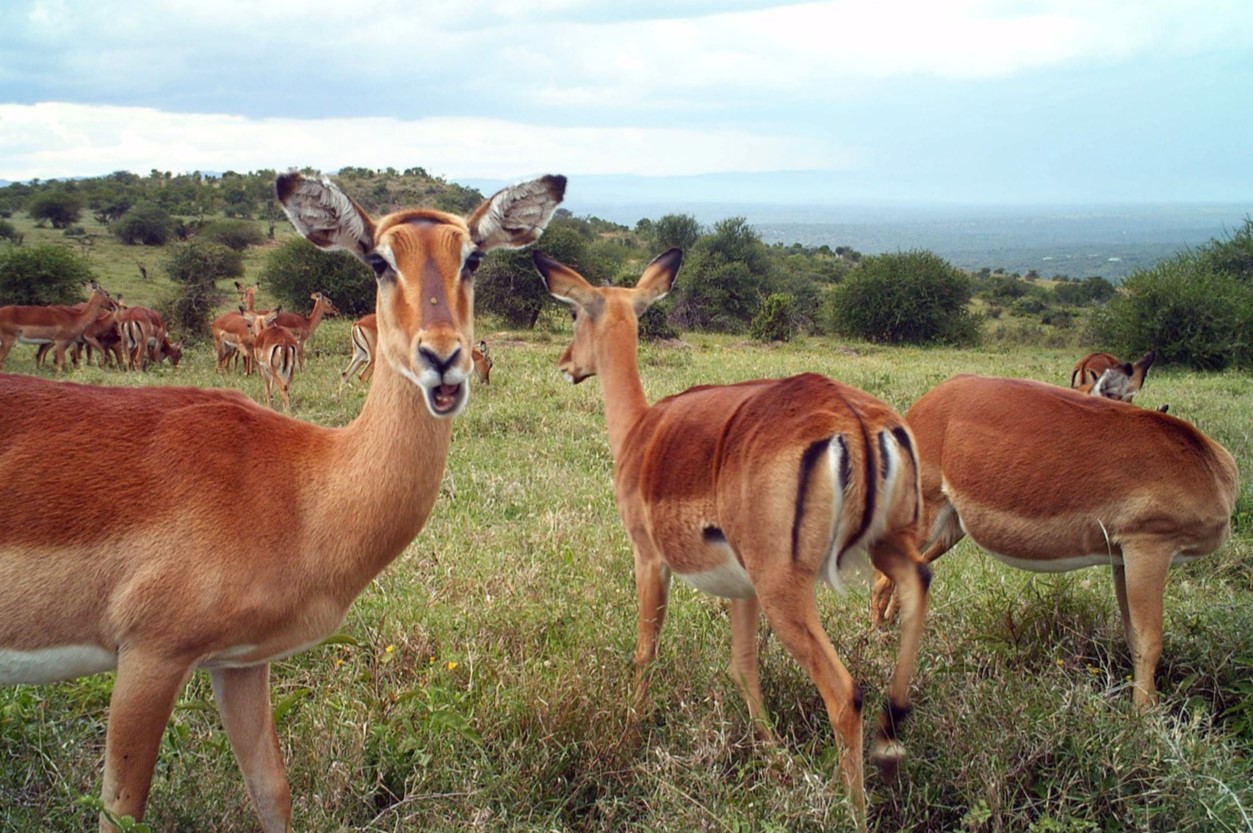
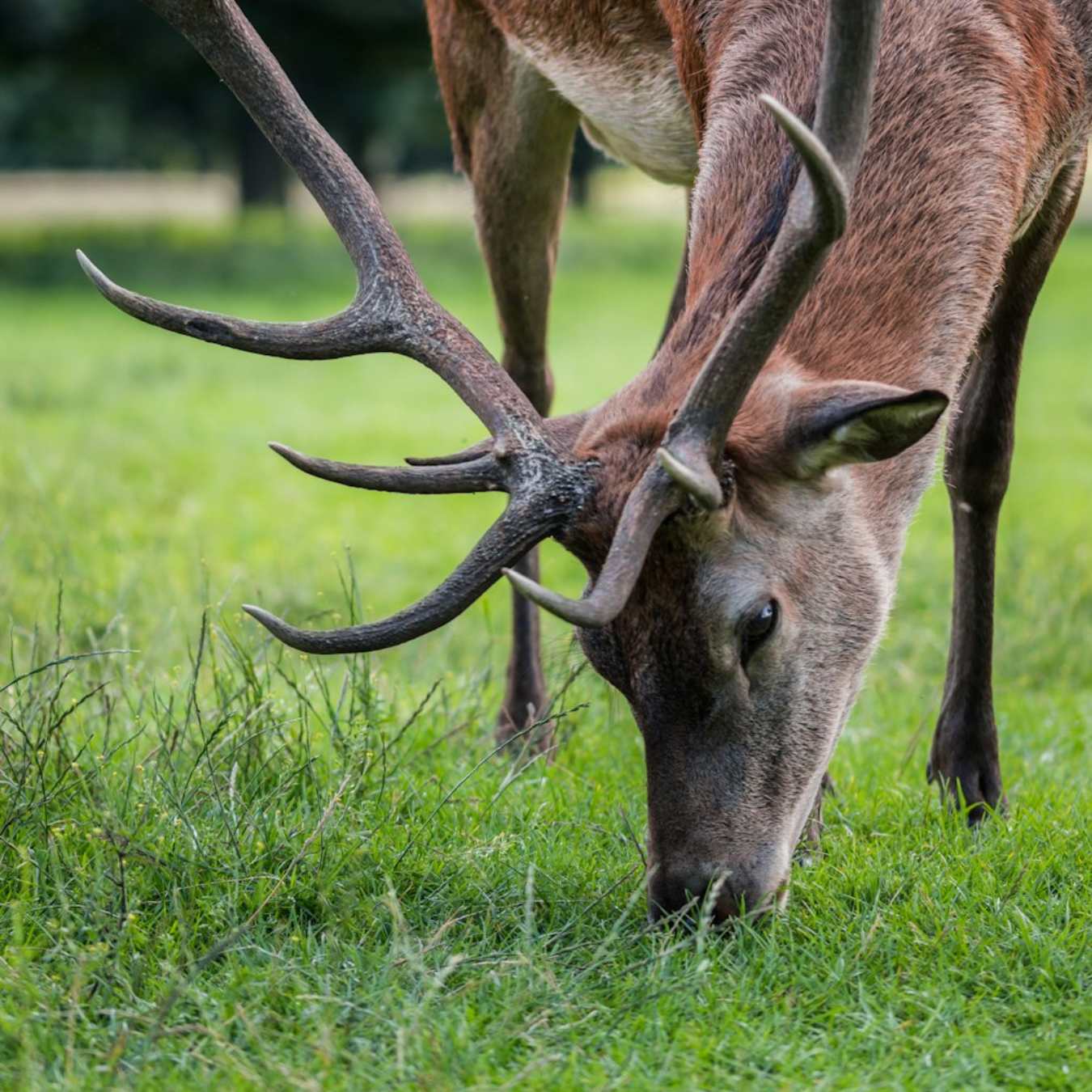
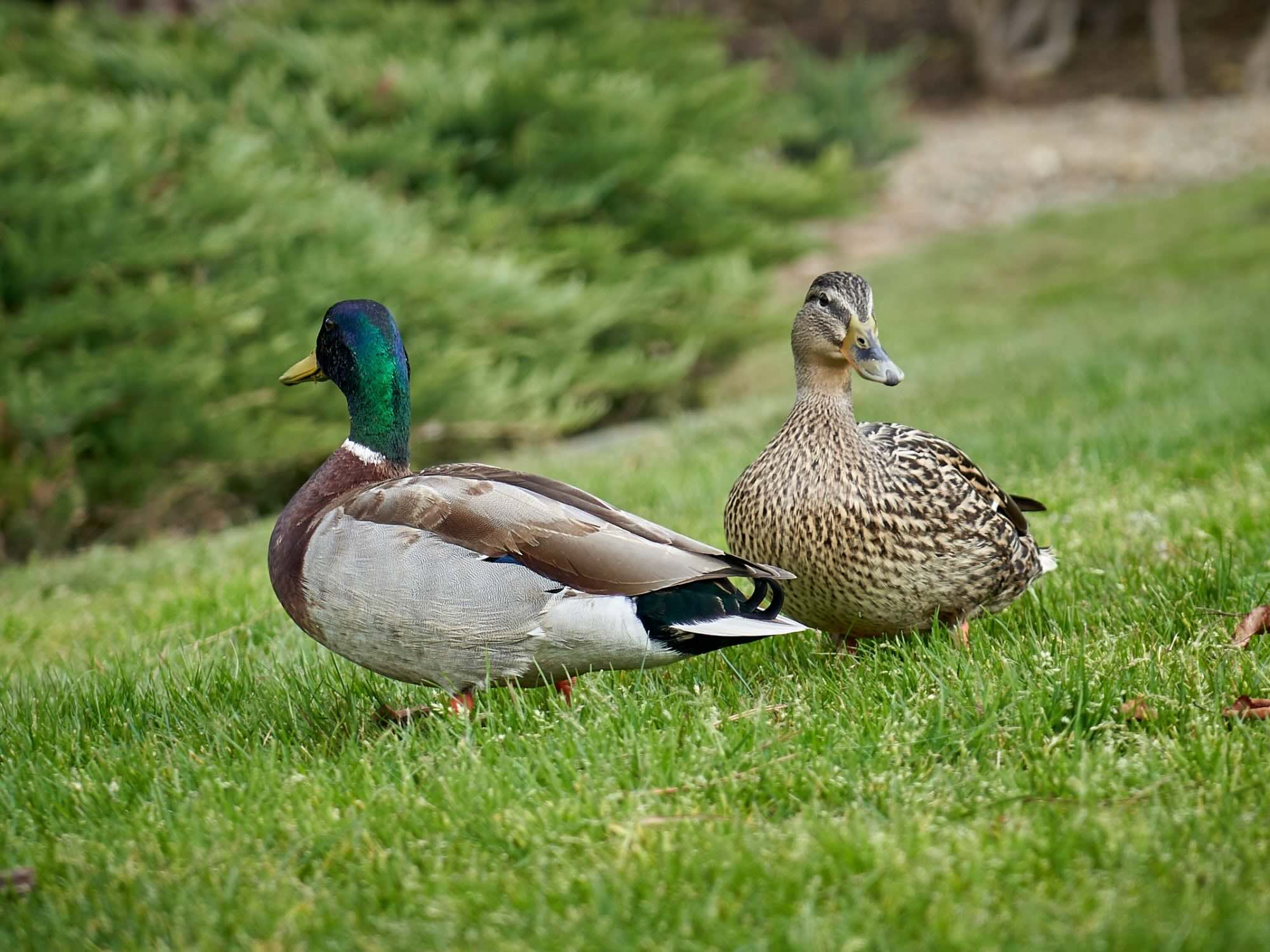

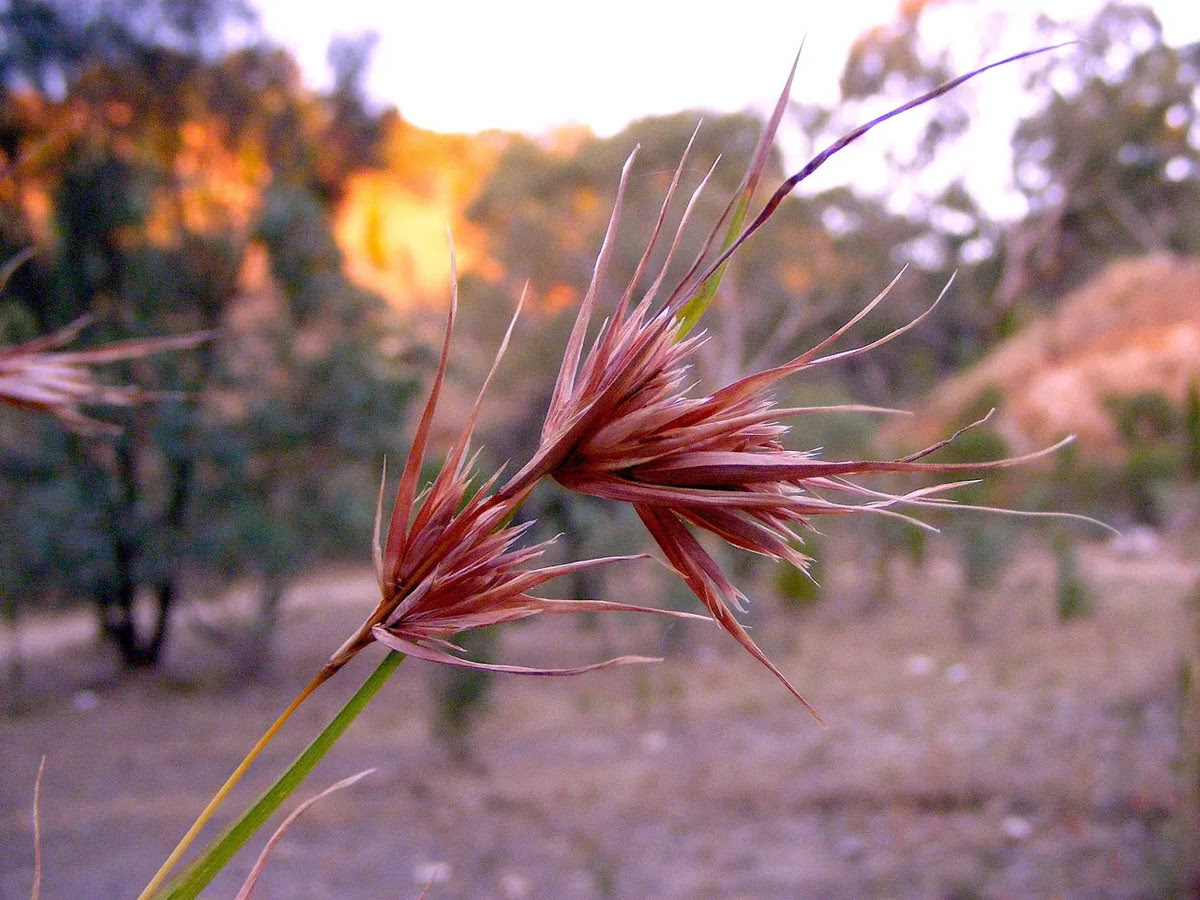
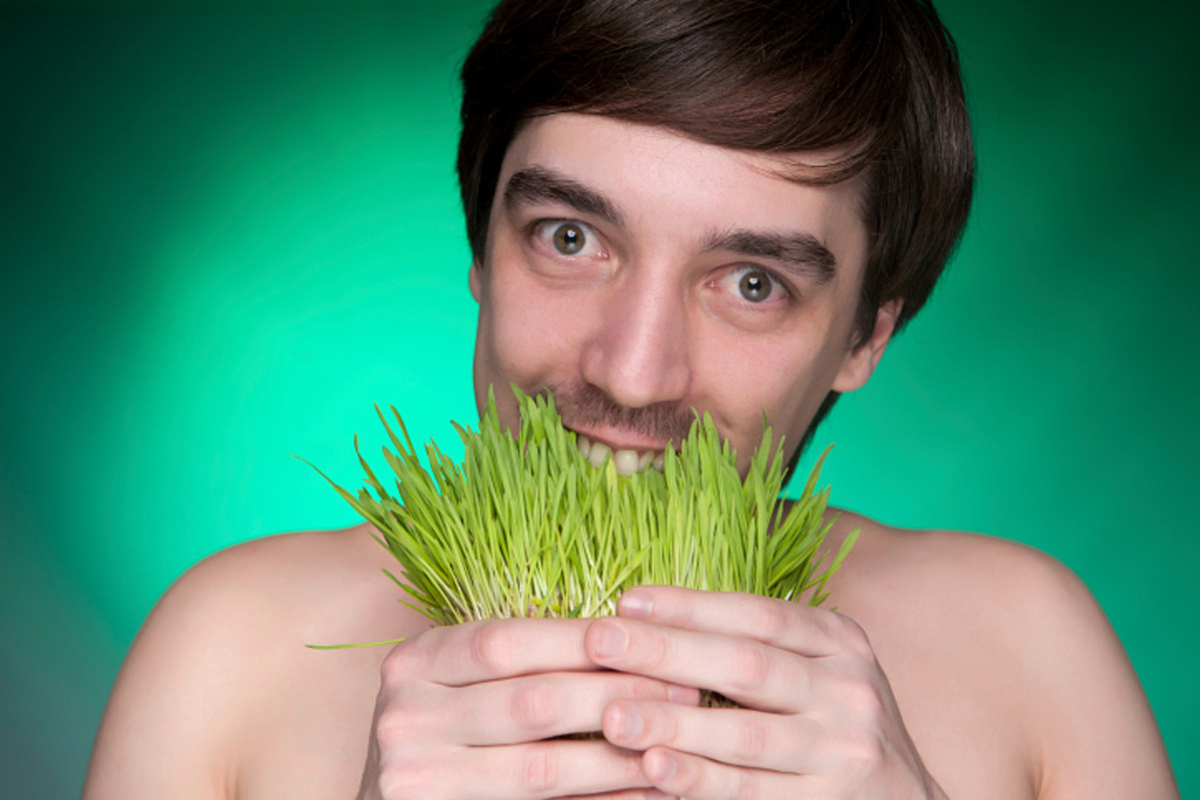
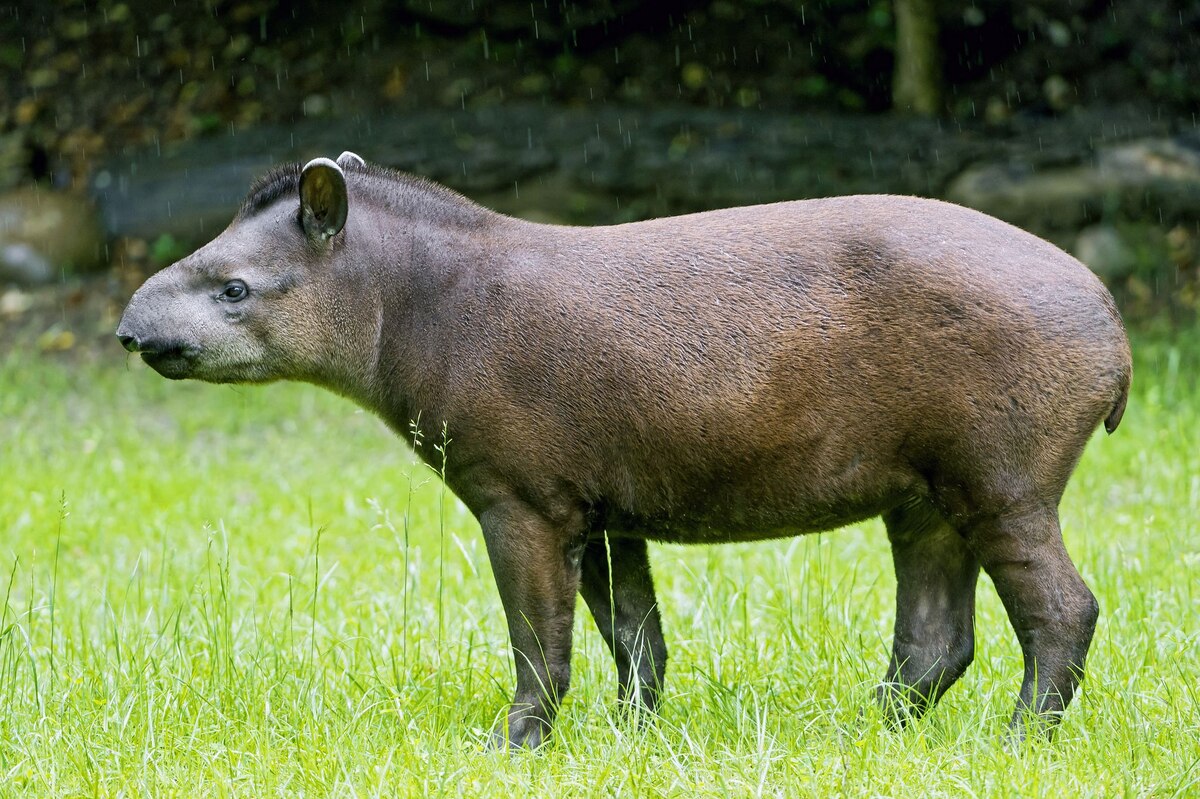
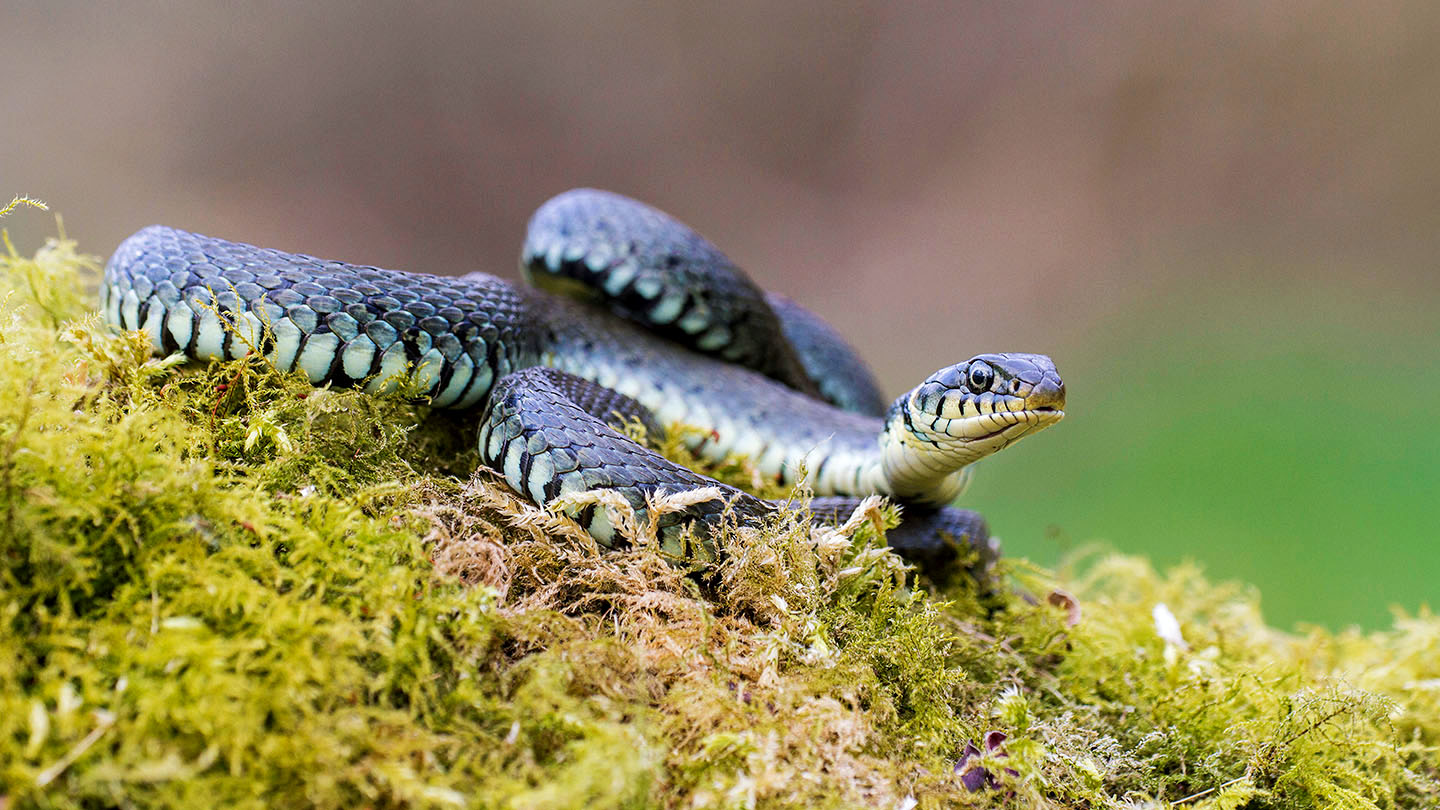
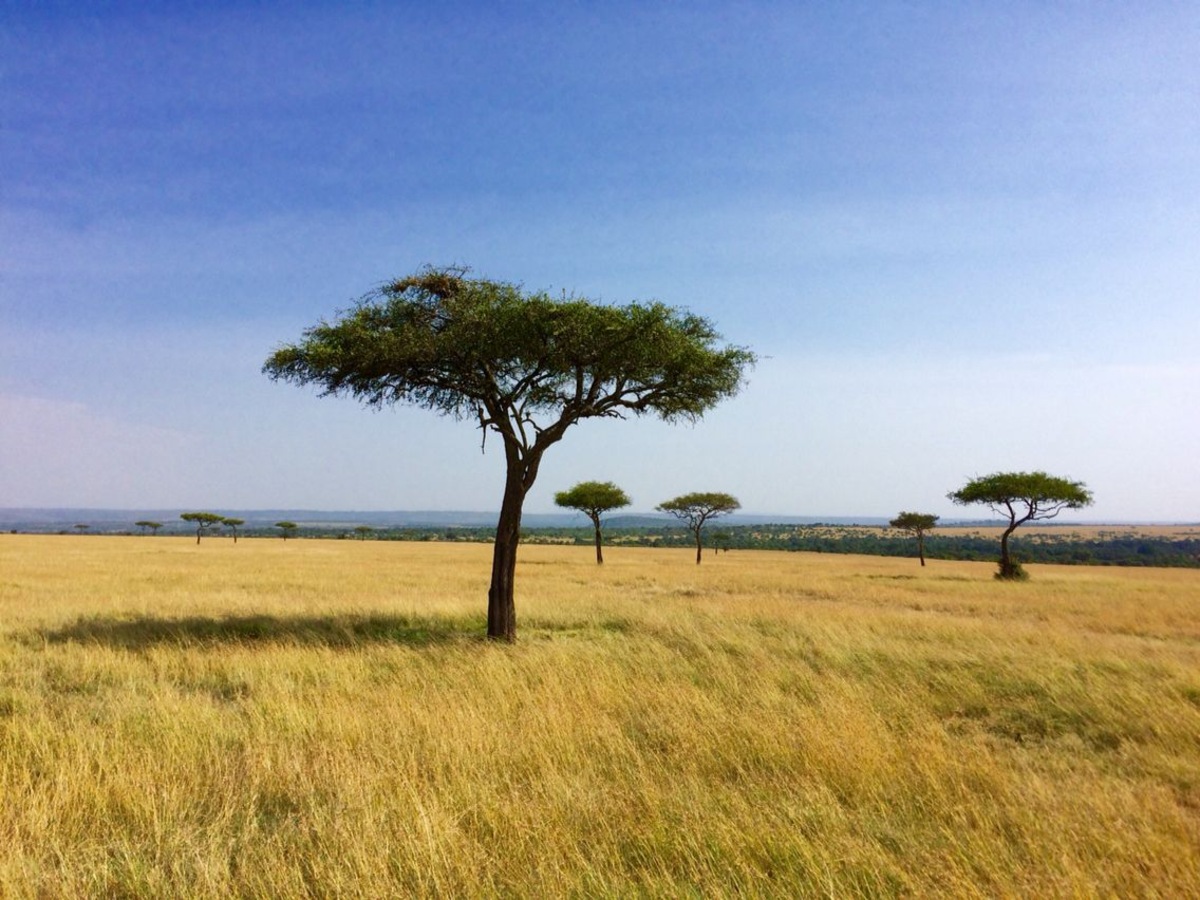
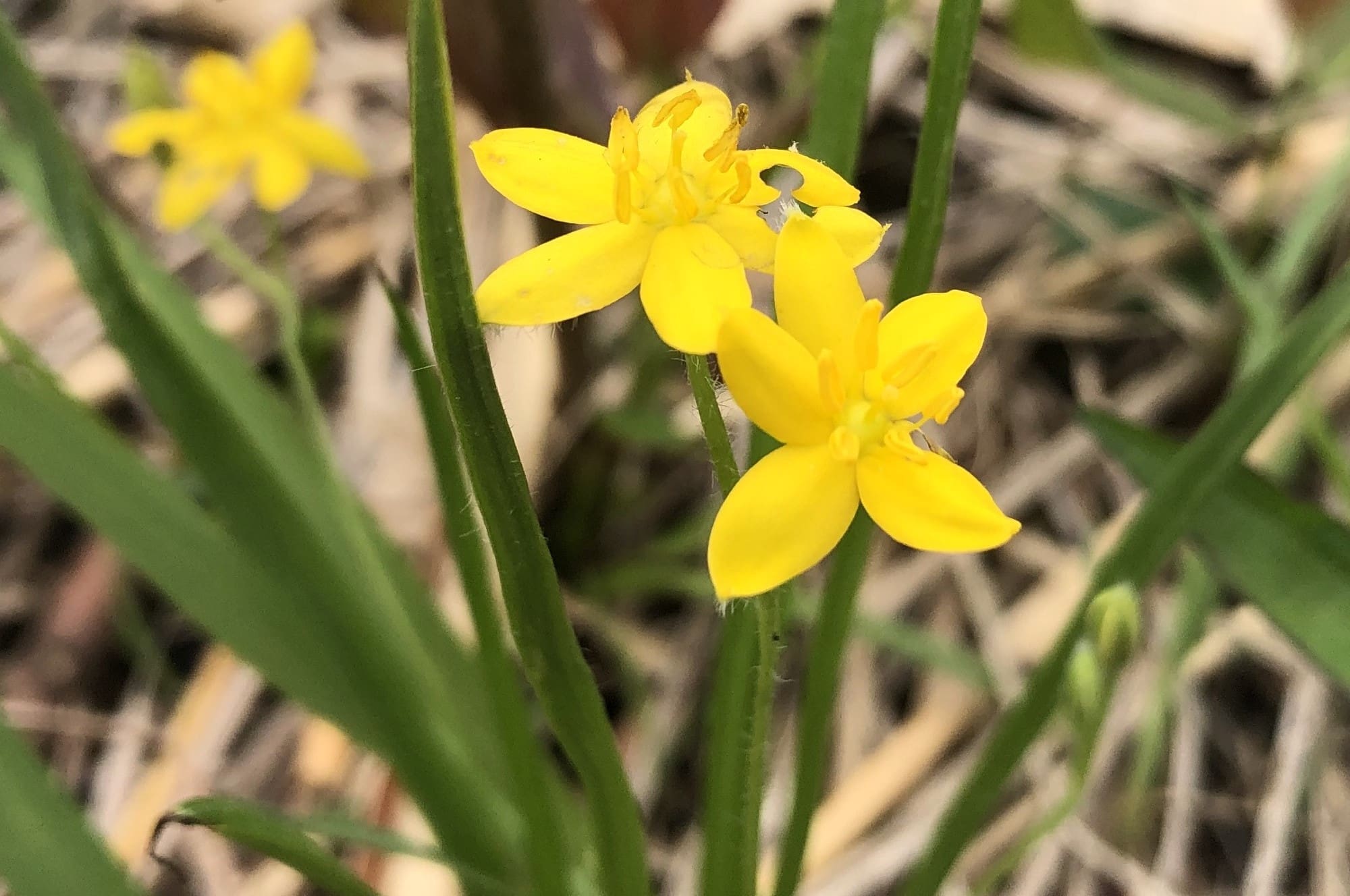
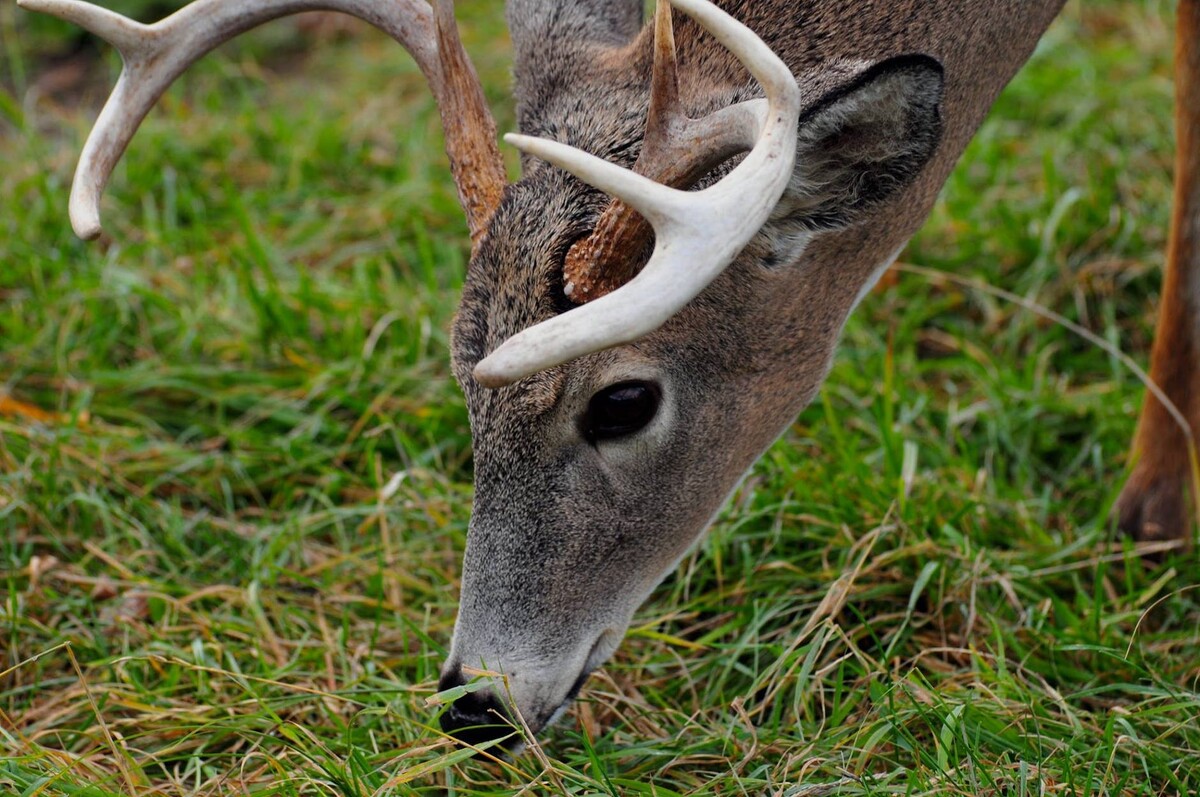
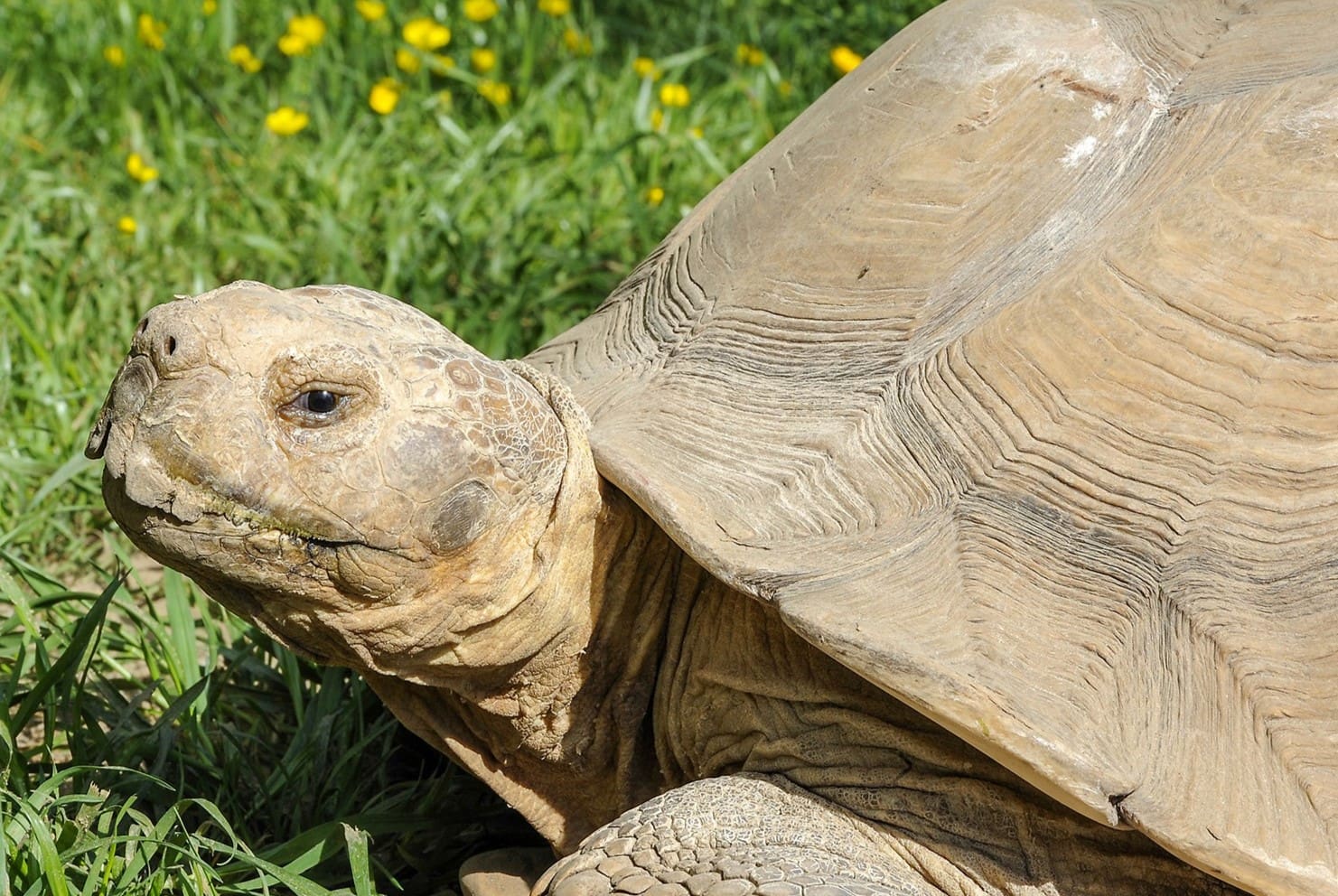
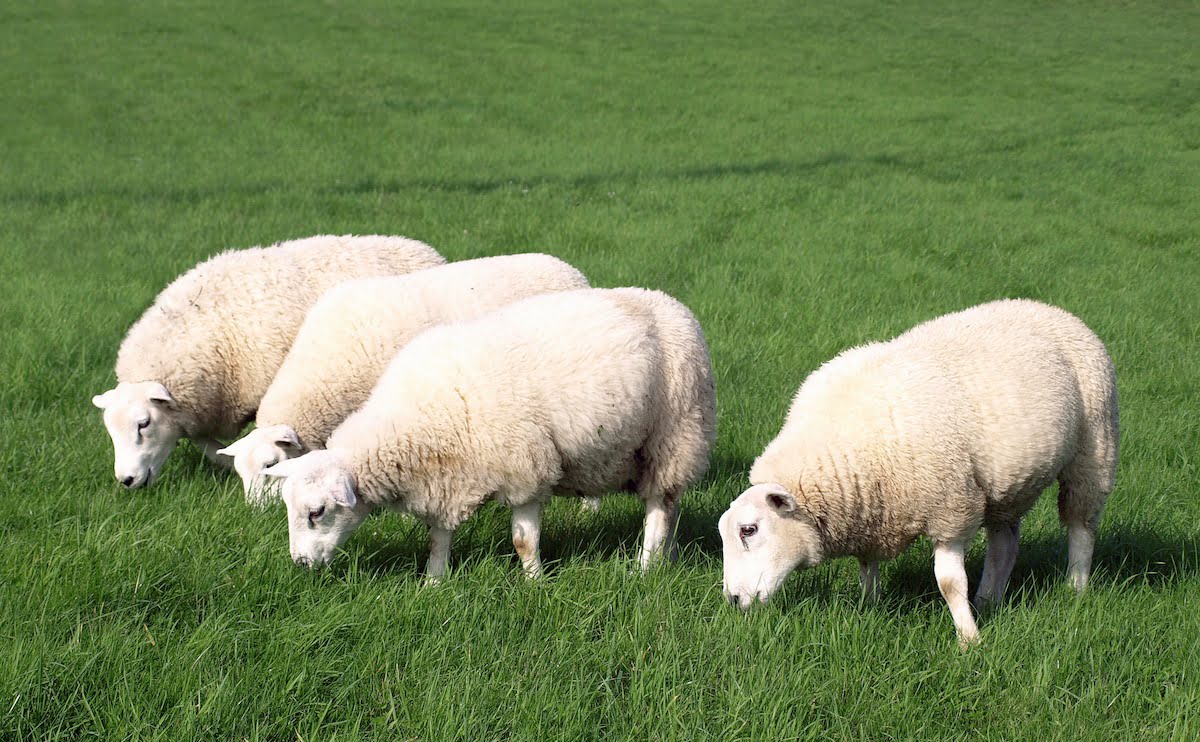
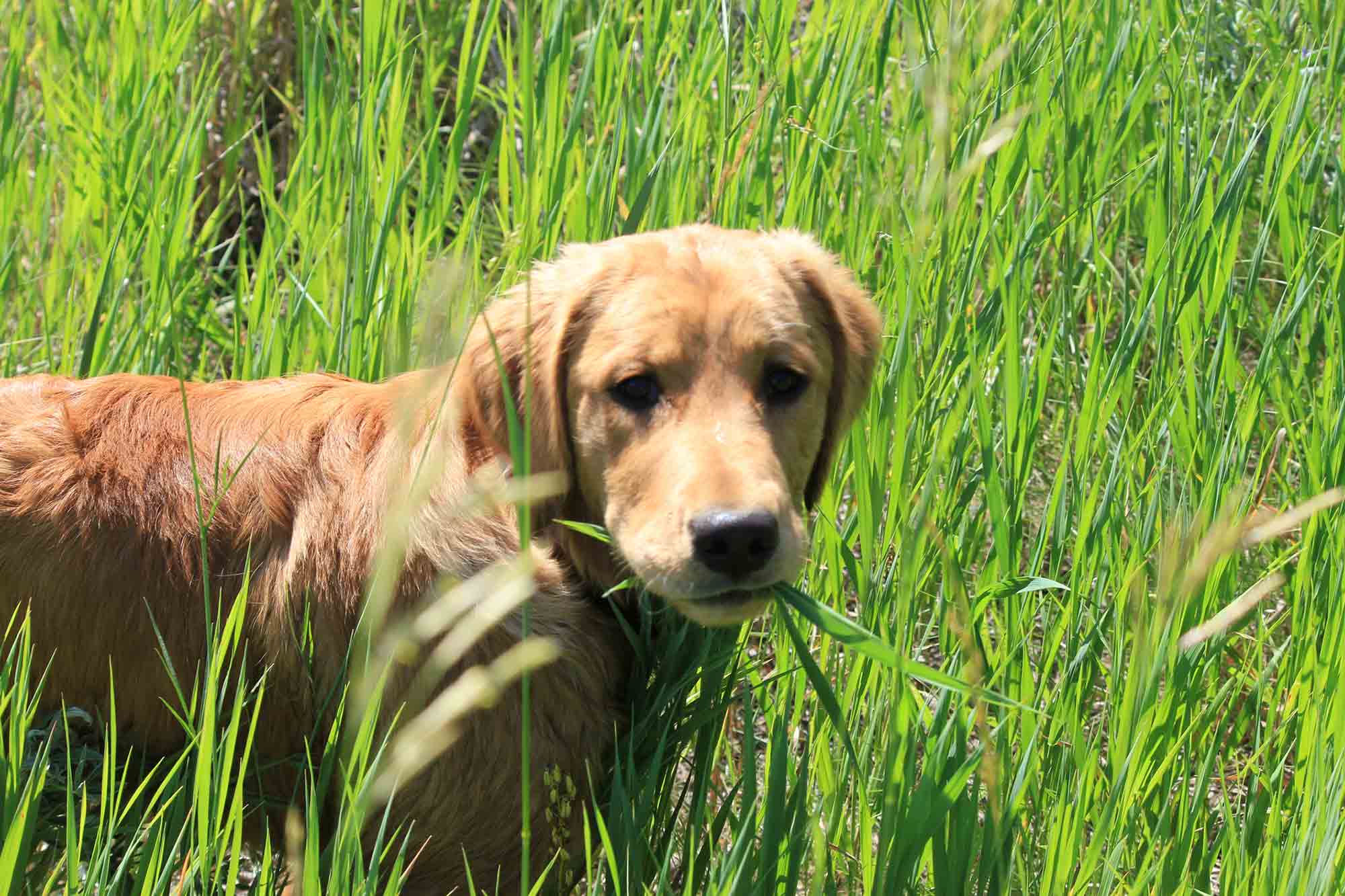

0 thoughts on “What Eats Grass”